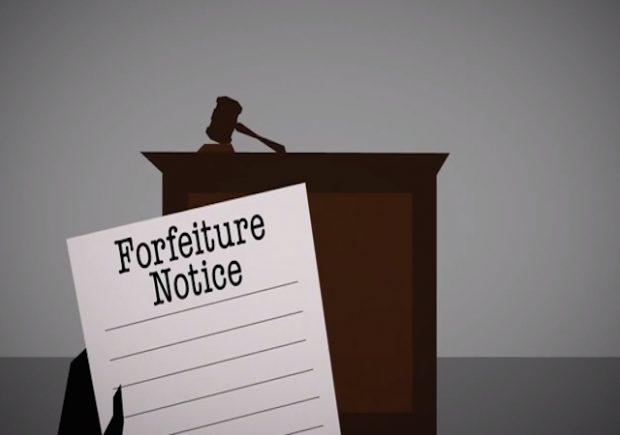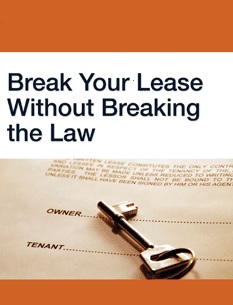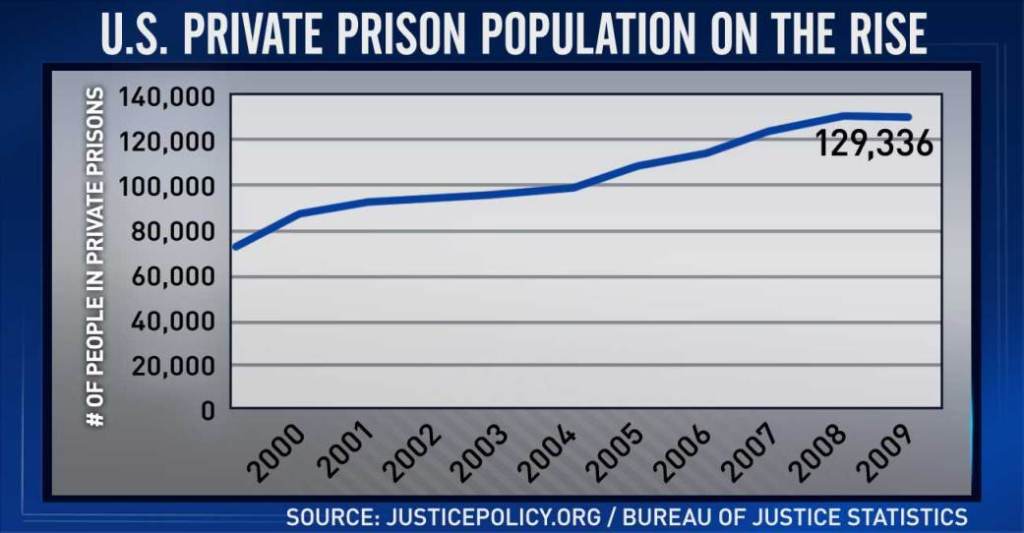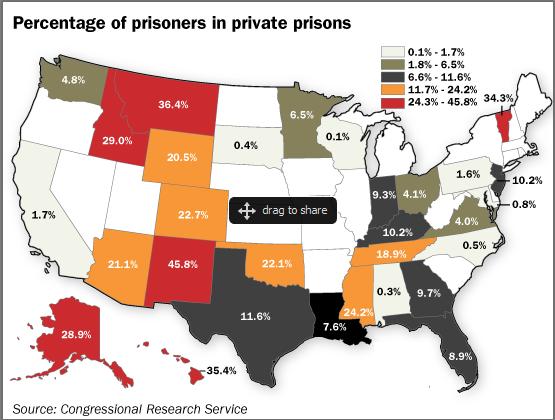WHAT HAPPENS TO YOUR FACEBOOK ACCOUNT WHEN YOU DIE?

Recently, Facebook announced a cool new feature that provides video of your most popular activity since joining the site. It’s actually a pretty cool way to see your accomplishments, life events, and most popular posts in a quick 62 second slideshow. However, for John Berlin and his family, this cool new feature only seemed to exacerbate their existing grief over the passing of their son in 2012. After viewing his own look-back video on Facebook, Mr. Berlin immediately thought of his deceased son and what his look-back video may pay tribute to. However, sadly, Mr. Berlin did not have access to his sons Facebook account, nor his password in order to do so.
Mr. Berlin, after having zero luck with Facebook tech support, desperate and resourceful at the same time, took to YouTube to personally plead to Facebook personnel to let his family have access to their son’s timeline. After the video went viral, Berlin said he got a call from Facebook. “They’re going to send us the video, they’re going to make one themselves and not only that, but take a look at things a bit differently and see how they can help families with lost loved ones,” he told the website BuzzFeed.
While Mr. Berlin and his family succeeded at their request for access to their deceased sons’ digital content, millions of other users do not share the same luck. It has been a growing problem as the growth of social media continues to outpace the laws that enforce its use. Not every family has the ability to generate millions of views and viral shares which seemed necessary to catch the attention of digital content providers in assisting them with accessing their deceased family members online content. Below, we’ll delve into the problems and possible solutions to the digital roadblocks many families face when attempting to retrieve their loved one’s digital assets.
The Evolution of Social Media
The omnipresence of digital content in today’s society is unparalleled. As a result, author Melissa Dolin notes, “[s]ocial media is luring even more people to the internet.” [1] “Social media is a term that encompasses several different types of communication tools. For example, social media can be further broken down into six distinct categories: collaborative projects, blogs, content communities, social networking sites, virtual game worlds, and virtual social worlds.”[2] As early as 2009, social networking sites such as Twitter saw its users increase to over 14 million users while Facebook had achieved over 200 million users across the globe. [3] A new generation of social media is beginning to change the way the public views information. With the amount of ever-increasing social media outlets, individual interpersonal online activity has greatly increased. [4] Simply put, more and more people interact with social media and digital content for interpersonal communication reasons as opposed to entertainment. As Bojorquez & Damien put it, “Facebook is a perfect example of a social media website because it allows users to put up and share content like photos, videos, notes, blogs, web links, and news stories, but it is also an excellent example of a social networking site because users can link to other users, or “friends,” send friends messages, and keep friends updated on the user’s status by updating the user’s profile.”[5] Social interaction through social media is increasingly becoming a large part of individual lives. As author Maria Montagnani highlights, “user-generated content sites such as Facebook are becoming phenomenons [sic] both on the internet and in people’s everyday lives”.[6] She goes on to point out that “[f] rom the perspective of the business model, social networks’ members are both “content providers” and “customers” of the website since their exposure to advertising, while using the platform, produces revenue for the firm.”[7] Basically, social media sites rely on user generated content to survive. Since social media interaction is a mutually beneficial platform it seems natural that a mutual agreement on what happens with that content once a user passes would be beneficial.
Adrienne Garber noted, the internet adds nearly 7.3 million unique pages per day.[8] It is estimated that “Internet users will access, download, and share the information equivalent of the entire Library of Congress more than 64,000 times over, every day.[9]
“Social media is quickly becoming the medium of choice for communication.”[10] As author Jeremy Gelms notes, “[t]hree out of four Americans use social media and millions more are members of social networking sites.”[11] The internet and social media has become as prevalent as any other form of communication.[12] It would then seem natural that as the way people communicate changes, that governmental laws and regulations evolve as well.[13]

The Impact of Social Media on Our Lives
It is becoming increasingly evident that social media affects the personal lives of millions of users.“A recent Nielsen report showed that overall; users spend a quarter of their online time using social media applications.”[14] It is estimated that Facebook alone is fast approaching a billion users.[15] With astounding numbers like those one can easily see how interaction with the internet is becoming synonymous with everyday life for many people not only in the United States, but around the globe. It is inevitable that personal lives will be affected in one form or another by social media; however, increasingly, professional lives are being affected by constant interaction with social media outlets as well.[16]
As a result many individuals have a significant portion of their lives documented online creating a “timeline” if you will of their lives. It would only seem natural that loved ones both in life and in death would want that timeline memorialized.For instance, when Loren Williams from Oregon attending college in Arizona suddenly died in a motorcycle accident his mother Karen, looking for support, tried to access her son’s online account but without his password was unable to.[17] When she was finally able to access his account after one of her son’s friends found his password she expressed how, “comforting [it was] to read that other people appreciated him and missed him,” she said. She went on to say, “this was an aspect of his life that we didn’t know a whole lot about[.]”[18]
Sadly, even if a loved one has the password, Facebook maintains, “[f]or privacy reasons, [they] do not allow others to access a deceased user’s account.”[19] This sort of resistance only compounds the grief an individual may be going through. In sum, technology has changed the way people live their lives. It has changed the way people interact with one another and has ushered in a new social dynamic never seen before.

Solving These Dilemma’s Without Costly Litigation
Our increasingly digital world has created a whole new class of assets that traditional estate-planning tools may not be equipped to handle. “Many people today have multiple e-mail accounts, online bank and brokerage accounts, digital photo galleries and music collections, online document storage services, blogs, Web sites, and profiles on social networking sites, such as Facebook and LinkedIn.”[20] With new technology there needs to be innovative solutions that bridge the gap between legacy asset preservation and new ways of doing things. The law has a lot of catching up to do with technology. Unfortunately, it is unlikely that digital content providers will simply allow access to deceased accounts because it is the right thing to do. There must be a system in place that facilitates the secure transfer of ownership or licenses to a user’s heirs.
Absent a uniform system for the transfer of ownership or licensing rights to digital content, preventative measures would include legislation that clearly defines exactly what digital assets are and who owns them. With statutory language defining who has rights to what, digital content providers would be obliged to comply with the law wherever they do business. Often a loved one is required to obtain a court order to get access to online content which only compounds the already painful grief process. Additionally, as Conner noted, “there is no legislation and [with] little case law, estate planners are left without any real advice to give their current clients and without a compass to guide them when this issue arises in their daily practice.”[21]
State and federal legislatures can eliminate this step by clearly defining property right definitions and guidelines. For instance, model legislation enacted that would extend power of attorney rights to digital online content and access to it. This way, executors could distribute whatever online digital assets that have accrued to appropriate devisees. Moreover, state or even federal legislation could be drafted making it mandatory for all digital content providers or repositories to have provisions to designate an alternative authority in case of a user’s demise. Since there remains a lack of clarity, Congress should ultimately intervene and establish guidelines for digital content providers to abide by individual state probate laws.
Consequently, there remains the uncertainty of whether the use of someone else’s password without acknowledgement constitutes fraud under current laws. Clearly, the law has not caught up with the pace of technology, however with streamline language and regulations promulgating the needs of individuals and content providers alike these issues can be solved. However, as Tara Hogan pointed out in her 2006 article titled, “Now That the Floodgates Have Been Opened, Why Haven’t Banks Rushed Into The Certification Authority Business,” “[e]ven though states are responding to the sudden emergence of digital technology by enacting legislation, this state-by-state approach is more difficult and cumbersome[.]”[22]
Basically, changing state statutory language one state at a time is ineffective and insufficient to address the widespread issue. Legislation needs to be enacted on the federal level to address it; however, without a general consensus from the high court or a majority of states, it is unlikely it will be changed in the near future.

Why Facebook Should Resolve these Issues on Their Own Behalf
As evidenced by Mr. Berlin and his family’s story, the advantages of providing loved ones access to a deceased user’s digital content are abundant. They include closure for grieving loved ones, memorialization of their legacy, a chance for mourners to voice their support, and provide an overall therapeutic process for grieving. On Facebook for example, often a deceased user’s account provides a much needed medium for loved ones and friends to post supportive messages and kind words. Social media not only allows us to communicate with the living, but gives us a place to express our thoughts for the deceased. For digital content providers such as Facebook and Twitter, this only adds to the user generated content, and brings even more visitors to decedents pages to pay tribute. The additional traffic, add revenue, and general good will associated with the seemingly increased compassion would be a win-win situation for most digital content providers.
However, with every pro, there is a con. In this case, the need to affirmatively identify whether a user is legitimately deceased is clear. Without such measures in place content providers risk jeopardizing security and privacy measures. Additional privacy concerns include; the ability for someone to falsely gain access to a user’s content by disguising themselves as grieving loved one. With nearly a billion users, digital content providers such as Facebook could potentially run into issues where access to the wrong account could be given. Unfortunately, helping grieving loved ones would have to be reconciled with existing antiquated federal privacy laws.
Conclusion
To summarize, newly created problems that affect society as a whole require new outcome orientated solutions. These new 21st century problems requires approaches that are equally outside the mainstream. Creative problem solving techniques under the therapeutic justice approach brings new and modified ideas to existing and new dilemmas. Not only users, but digital content providers alike, have a shared goal of improving ones online experience. It would make sense then that since both have a vested stake in its outcome to require both sides to maximize its creative problem solving potential.
[1] Melissa Dolin, Joint Authorship and Collaborative Artwork Created Through Social Media, 39 AIPLA Q.J. 535, 537 (2011).
[2] Jeremy Gelms, High-Tech Harassment: Employer Liability Under Title VII for Employee Social Media Misconduct, 87 Wash. L. Rev. 249, 264 (2012).
[5] Alan J. Bojorquez & Damien Shores, Open Government and the Net: Bringing Social Media into the Light, 11 Tex. Tech Admin. L.J. 45 (2009).
[6] Maria Lillia Montagnani, A New Interface Between Copyright Law and Technology: How User-Generated Content Will Shape the Future of Online Distribution, 26 Cardozo Arts & Ent. L.J. 719, 766 (2009).
[8] Adrienne A. Garber, E-Commerce: A Catalyst for Change in Intellectual Property Law, 6 Duq. Bus. L.J. 157, 160 (2004).
[10] Jeremy Gelms, High-Tech Harassment: Employer Liability Under Title VII for Employee Social Media Misconduct, 87 Wash. L. Rev. 249, 264 (2012), supra note 17
[15] Jeff Nolan, OMG, LOL, AND WAY TMI — SOCIAL MEDIA IN THE HIRING PROCESS – 15 No. 10 Vt. Emp. L. Letter 1, (2010).
[16] Carolyn Elefant, The “Power” of Social Media: Legal Issues & Best Practices for Utilities Engaging Social Media, 32 Energy L.J. 1, 4 (2011), supra note 37
[17] What happens to your Facebook account when you die? – wave3.com-Louisville News, Weather & Sports, , http://www.wave3.com/story/18115416/what-happens-to-your-facebook-account-when-you-die (last visited Nov 16, 2012).
[20] Joseph M. Mentrek, ESTATE PLANNING IN A DIGITAL WORLD. 19 Ohio Prob. L.J. 195 (2009).
[21] John Conner, DIGITAL LIFE AFTER DEATH: THE ISSUE OF PLANNING FOR A PERSON’S DIGITAL ASSETS AFTER DEATH, 3 Est. Plan. & Community Prop. L.J. 301, 302 (2011), supra note 93
[22] Tara C. Hogan, NOW THAT THE FLOODGATES HAVE BEEN OPENED, WHY HAVEN’T BANKS RUSHED INTO THE CERTIFICATION AUTHORITY BUSINESS?, 4 N.C. Banking Inst. 417, 439 (2000).



























